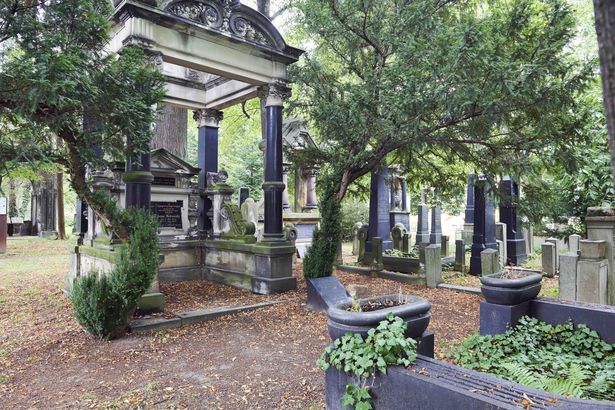Saxony’s history has substantially been influenced by members of the Jewish communities. After all Jews had been expelled in the 15th century and were only welcome as participants of the Leipzig trade fairs, Elector Augustus the Strong appointed Behrend Lehmann as his Court Jew in 1696. Without his help, Augustus would not have ascended to the Polish throne one year later. In the 19th century, synagogues were re-established and, in 1869, Jews were awarded all civic rights. The Jewish communities grew and prospered und Jewish personalities left a strong imprint on economics, culture and politics. Before the Nazis‘ rise to power, more than 20.000 Jews lived in Saxony, not only in the three large cities of Leipzig, Dresden and Chemnitz, but also in Plauen, Zwickau, Freiberg, Aue, Döbeln and Görlitz, part of Silesia at that time.
After the Holocaust, the difficult times of the GDR and the German Reunification, a formal treaty between the state of Saxony and the Jewish community was signed in 1994. New synagogues were erected in Dresden and Chemnitz and the former synagogue of Görlitz was re-opened as a cultural center in 2021. The Jewish communities in Leipzig, Dresden and Chemnitz have more than 2.500 members today and Jewish culture is celebrated in various festivals throughout the year.

